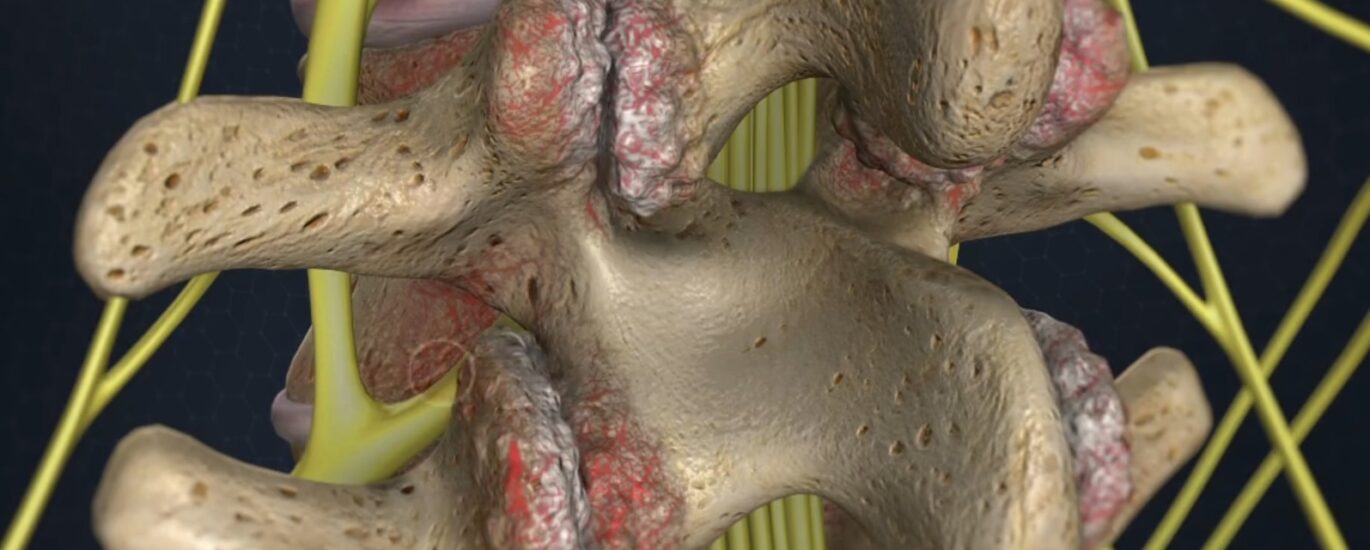E’edie Caspar
Wellness Coach/WriterHi, I’m E’edie, a certified nutritionist and wellness coach. I’m passionate about helping people achieve their health goals and live

Revive, Renew and Rejuvenate Naturally

The Silent Agony: Unraveling Degenerative Disc Disease
In the realm of spinal conditions, few are as insidious and discomforting as Degenerative Disc Disease (DDD). It’s a silent agony, slowly creeping into people’s lives, impacting their mobility, and often causing excruciating pain. This article aims to shed light on DDD, exploring its causes, common symptoms, and the spectrum of treatment options available.
Before we dive deeper, let’s understand what DDD entails. Contrary to its name, it’s not a disease in the traditional sense. Instead, it’s a condition marked by the deterioration of spinal discs, the soft, cushion-like structures between our vertebrae. Over time, these discs can wear down, leading to a range of issues.
What triggers this degeneration? It’s often a culmination of factors, including the natural aging process, genetics, and lifestyle choices. Think of spinal discs as shock absorbers for your spine, and as they wear out, your spine loses some of its flexibility and shock-absorbing capabilities.
One of the most prevalent and distressing symptoms of DDD is pain. It can manifest as chronic lower back pain, radiating pain into the legs (sciatica), or neck pain when the cervical discs are affected. This pain can be relentless, affecting every aspect of life, from work to daily activities.
As DDD progresses, it can hinder your mobility and functionality. Simple tasks like bending, lifting, or even sitting for extended periods can become excruciating ordeals. This can lead to a reduced quality of life and increased frustration.
If you suspect you may have DDD, seeking professional evaluation is crucial. Doctors will consider your medical history, perform physical examinations, and may request imaging studies like X-rays or MRI scans to confirm the diagnosis.
Diagnostic procedures such as discography can provide valuable insights into the extent of disc degeneration. These tests help medical experts determine the most appropriate treatment plan.
For many individuals with DDD, non-surgical treatments are the first line of defense. This includes pain-relieving medications, anti-inflammatories, and physical therapy to strengthen the supporting muscles.
Physical therapy plays a pivotal role in DDD management. Customized exercise routines and manual techniques can improve spinal stability and alleviate discomfort.
Making certain lifestyle modifications can also have a significant impact. Additionallly, this includes maintaining a healthy weight, practicing good posture, and avoiding activities that exacerbate pain.
In some cases, conservative treatments may not suffice. Surgery becomes a consideration when severe pain, neurological issues, or significant functional impairment arise.
Several surgical interventions can address DDD, such as discectomy, spinal fusion, or artificial disc replacement. The choice of surgery depends on individual circumstances.
While DDD isn’t entirely preventable, certain lifestyle strategies can help maintain spinal health. Regular exercise, a balanced diet, and proper lifting techniques can reduce the risk of accelerated disc degeneration.
Managing DDD isn’t just about physical well-being; emotional support is equally important. Coping with chronic pain can be mentally taxing, so seeking emotional support from friends, family, or support groups can make a significant difference.
Support networks can provide a sense of belonging and understanding. Connecting with others who face similar challenges can offer invaluable insights and encouragement.
Recovery from DDD often involves long-term management. Rehabilitation programs can aid in regaining function and reducing pain, allowing individuals to reclaim their lives.
The field of spinal medicine is continually evolving. Promising research into regenerative therapies, like stem cell treatments, offers hope for the future.
While DDD can be a silent agony, advancements in research and treatment options provide hope for those affected. As science progresses, the outlook for managing this condition is increasingly optimistic.
In conclusion, Degenerative Disc Disease may be silent, but its impact on one’s life is anything but. However, by understanding its causes, recognizing its symptoms, and exploring the plethora of treatment options, individuals can effectively manage this condition and regain their quality of life.
Q1: What are the primary causes of Degenerative Disc Disease?
A1: The main causes of Degenerative Disc Disease include aging, genetics, and lifestyle factors like smoking and excessive weight.
Q2: Is surgery always necessary for treating Degenerative Disc Disease?
A2: No, surgery is not always necessary. Many individuals can manage DDD effectively with non-surgical treatments like physical therapy and medication.
Q3: Can DDD lead to permanent disability?
A3: In severe cases, untreated DDD can lead to disability. However, early diagnosis and proper management can often prevent this outcome.
Q4: Are there any alternative therapies or complementary treatments for DDD?
A4: Yes, some individuals find relief from alternative therapies like acupuncture, chiropractic care, or herbal supplements. However, these should be discussed with a healthcare provider.
Q5: What can I do to reduce the risk of developing Degenerative Disc Disease?
A5: Maintaining a healthy weight, practicing good posture, and engaging in regular exercise are lifestyle choices that can help reduce the risk of accelerated disc degeneration.
One thought on “The Silent Agony: Unraveling Degenerative Disc Disease”